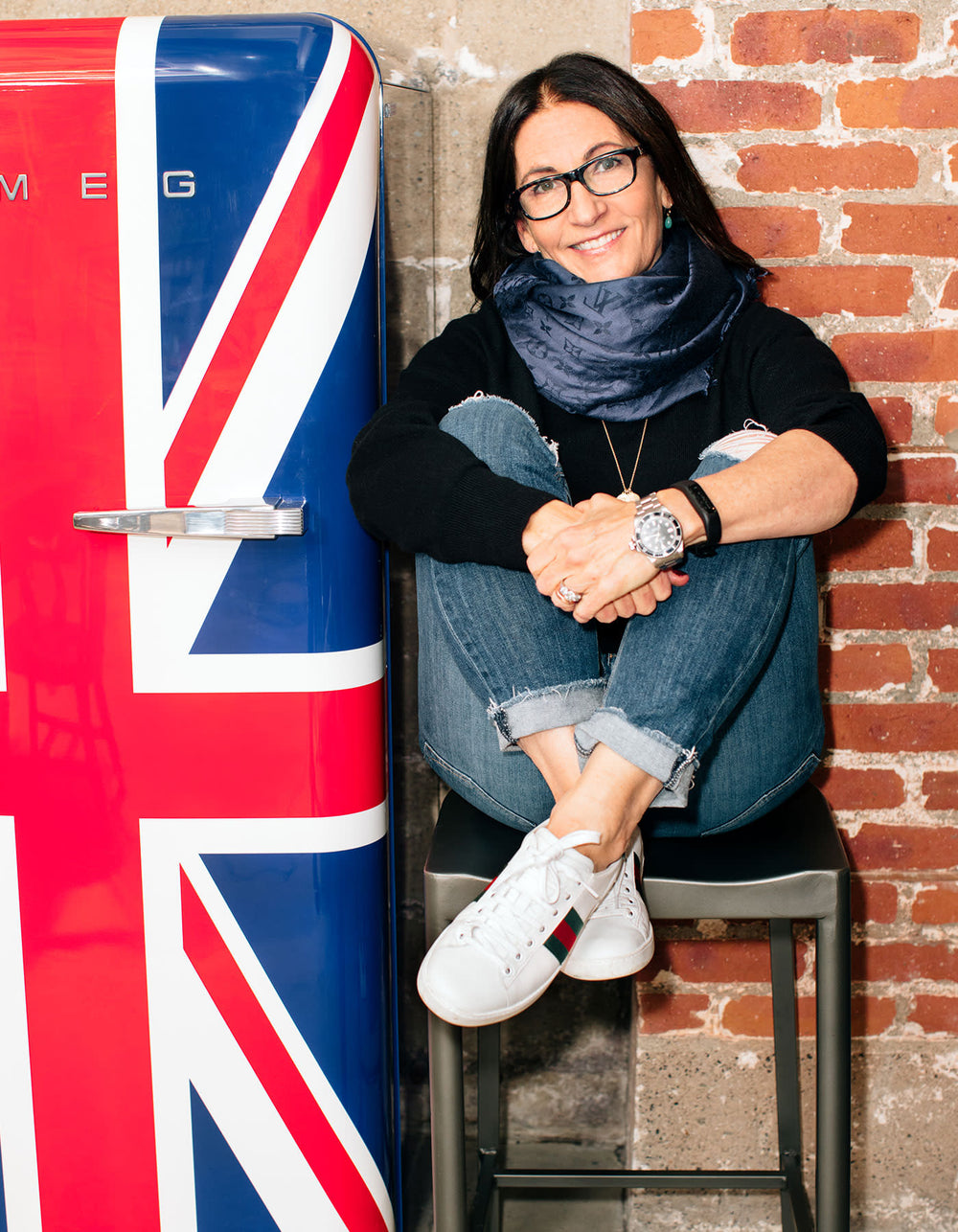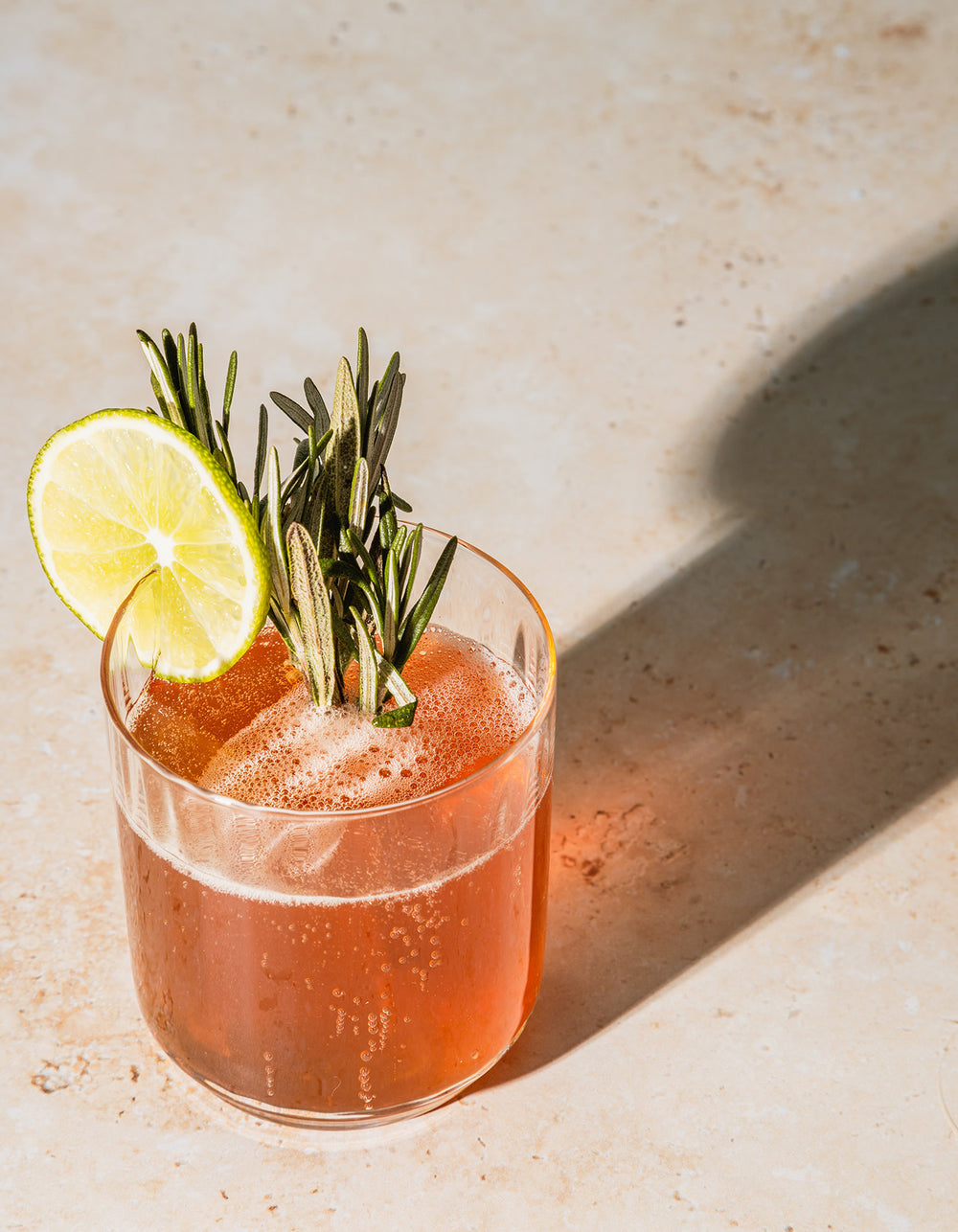
When it comes to food — even chocolate — quality counts. It excites me that more and more health-conscious people are considering the sourcing of their food. Organic dairy is different than conventional, as is wild fish versus farmed. If you’re reading this thinking you don’t have the time, energy or budget to be particular with every single food item, I get it. Look at the foods you eat most often and make an attempt to upgrade those. If dark chocolate is a daily thing for you, you should know that not all dark chocolate is healthy.
In the right portion, with the right ingredients, dark chocolate is a delicious part of a healthy diet. But as with any other purported health food, there is some sneakiness. Be choosy with your selections and pass along this information to your favorite chocoholic. Here’s what you need to know:
Start with ingredients
With any packaged food, the ingredient list should be short. Ingredients are also listed based on content. The first ingredient will be the one that makes up the greatest portion of that product, while the last ingredient listed will be found in the smallest amounts. You’d be surprised but the first ingredient in chocolate isn’t always chocolate. The first ingredient in your dark chocolate should be cocoa or cocoa butter or chocolate liquor (which isn’t actually a liquor but cocoa mass mixed with cocoa butter). Sugar should never come first.
Remember: It’s still a treat
Speaking of sugar, most dark chocolate is sweetened. Savvy consumers look at the percentage listed on the front of the label. And while it’s true that the higher the percentage, the lower the sugar, we still shouldn’t eat the whole bar. Inferior dark chocolate can have as much as three times the chocolate as high quality. It’s not unusual, especially in our newsstand brands, to see 15-16 grams of sugar per ounce (that’s four teaspoons). Look for single digits of sugar per ounce. And I suggest ½ ounce, which is generally a couple of squares, as a serving.

Skip the soy
One ingredient you’ll often see on chocolate labels is soy lecithin. Soy lecithin is what’s known as an emulsifier, it’s used for texture. Many experts will say that the amount of soy lecithin in dark chocolate is so small it’s not worth worrying about. Admittedly, I used to say this, even though I’m not at all a soy advocate. Although the amount of soy lecithin is low enough that many with soy protein allergies don’t react, soy lecithin has been found to be extremely estrogenic. There are enough top-notch dark chocolates that are soy free, that I’d say to skip this ingredient (especially if you have a history or family history of cancer or are pregnant or trying to conceive). And soybean oil simply isn’t a good oil, I’ve seen this pop up on dark chocolate labels too.
Don’t make it a bedtime treat
If you’re health conscious, chances are you know that sleep is a big part of the wellness puzzle. I’ll have clients who seek out 70% or even 80% dark chocolate and then mention they can’t fall asleep. Dark chocolate contains a compound called theobromine and theobromine is a stimulant. This is why chocolate can be toxic to cats and dogs. Depending on your sensitivity, dark chocolate may be better, as an energy boost, in the afternoon versus after dinner. It’s also another reason to “close the kitchen” earlier. Try to have at least three hours between dark chocolate and the time you plan on getting to bed. And as I mentioned above, watch your portion.
Avoid Alkalized
One important chocolate term is alkali aka Dutch-processed. This is a process used to improve the flavor of dark chocolate. However, doing this results in a loss of the flavanols, the antioxidants that make chocolate healthy. The bitterness in chocolate is where the benefits come from, cacao on its own, pre-processing is quite bitter. It’s ok for a little sugar to be added to cacao, but you don’t want the cacao overly mangled with Dutch-processing.

Chocolate Hall of Fame
If you look at the ingredients, you’ll find there are many high-quality dark chocolates. To save you some time, here are some favorites:
Hu Kitchen: One of the tastiest chocolates you’ll find. The “nos” on their packaging pretty much state how to pick a good chocolate bar — no soy lecithin, no gluten, no palm oil, etc.
Equal Exchange: Sourcing and fair trade is another important topic and very important to Equal Exchange. Their dark chocolate minis are great for portion control.
Chocozero: A good choice for the super sugar conscious. These are keto diet friendly and sweetened with monk fruit.
Primordial chocolate: I love the Primordial Chocolates. They’re organic, ethically sourced, made with coconut sugar and contain medicinal mushrooms (lion’s mane, reishi, chaga, etc.) for an added bonus. I’m partial to the dark mint.













































 Miracle Balm
Miracle Balm
 Just Enough Tinted Moisturizer
Just Enough Tinted Moisturizer
 What The Foundation
What The Foundation


